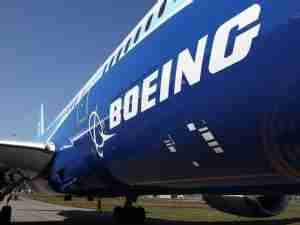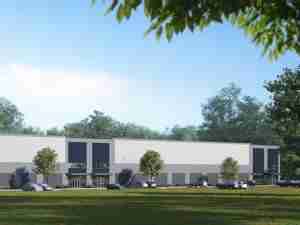Boeing’s Retooled Plane Unit Aims to Dull Airbus Sales Edge
By: | Mar 30 2016 at 03:41 PM | Air Cargo
Boeing Co.’s plan to cut 4,000 jobs from its commercial-airplane division, the company’s largest, accelerates an effort to reap billions of dollars in savings to compete with Airbus Group SE while reducing costs on the 787 Dreamliner.
Pink slips aren’t flying, for now, as the U.S. planemaker pares the unit’s workforce by 4.8 percent and hunts for savings from its supply chain to its factory floors, Marc Birtel, a Boeing spokesman, said by e-mail. About 1,600 workers elected to leave the company under a voluntary program announced last month. Another 2,400 positions are either vacant or will be shed through attrition.
The commercial airplane division, which accounted for 61 percent of Boeing’s 2015 profit, also is eliminating white-collar jobs and flattening its management structure to create a “more streamlined and nimble organization that can respond to marketplace demands,” he said.
The effort to revamp Boeing’s sprawling commercial jetliner manufacturing unit comes as new Chief Executive Officer Dennis Muilenburg starts to make his mark at Boeing. In a previous role as chief of the defense unit, he cut the division’s annual costs by $3 billion to bolster profits amid constrained government spending.
Airbus outsold Boeing last year, benefiting from strong demand for the European planemaker’s A321neo narrowbody and currency swings that lowered euro-based manufacturing costs. Airbus netted 1,036 jetliner orders to 868 for Boeing.
Challenges Increase
“The competitive environment is growing increasingly challenging for Boeing,” Noah Poponak, an aerospace analyst at Goldman Sachs Group Inc., said in a report. “Airbus sounds set on gaining market share, and it is becoming increasingly apparent that Airbus is pricing more aggressively to do so.”
A leaner structure would also help Boeing cope with ballooning production costs for its marquee 787 Dreamliner jets and concerns about the global market for aerospace products amid political and economic turmoil, said Richard Aboulafia, an analyst at Teal Group.
Deferred Costs
Deferred 787 costs reached $28.5 billion at the end of last year but should shrink as the planemaker starts to make money on the carbon-fiber jets rolling out of its factories. Boeing also plans a 35 percent boost in output of the single-aisle 737 jet by 2019 and may need to offer discounts, he said. The 737 is the company’s largest source of profit.
“In order to deal with those deferred production costs, they want rates to continue rising, which means you have to compete for marginal orders at lower prices,” Aboulafia said.
The planemaker is looking beyond labor for savings. Boeing is renegotiating supplier contracts, consolidating the 767 and 747 programs, slashing business travel, and working to boost productivity and quality while reducing excess inventory, said Birtel, the spokesman. The number of job cuts may ultimately be affected by the success of those initiatives.
Boeing fell 1.7 percent to $128.64 at 3:20 p.m. in New York. The stock had fallen 9.5 percent this year through Tuesday, the fourth-sharpest decline among the 30 members of the Dow Jones Industrial Average.
While Boeing earned record revenue of $96.1 billion in 2015 and delivered 762 commercial planes, the most in its history, its adjusted earnings fell 13 percent to $7.74 billion from a year earlier. Contributing to the decline: accounting losses related to the development of KC-46 tanker and declining 747 sales.
Disappointed Investors
The company has faced pressure to bolster profits as it converts a near-record backlog of jet orders. Investors were “disappointed” with the company’s forecast of a 9 percent margin for this year, Seth Seifman, an analyst at JPMorgan Chase & Co., wrote in a report to clients Wednesday.
“Boeing has committed to 10 percent for 2017 and targets mid-teens longer term, with the latter looking ambitious to us,” he said.
Seattle Times reported the latest job cuts Tuesday.
Boeing had 159,250 employees as of February, an 8.4 percent drop from three years earlier.











